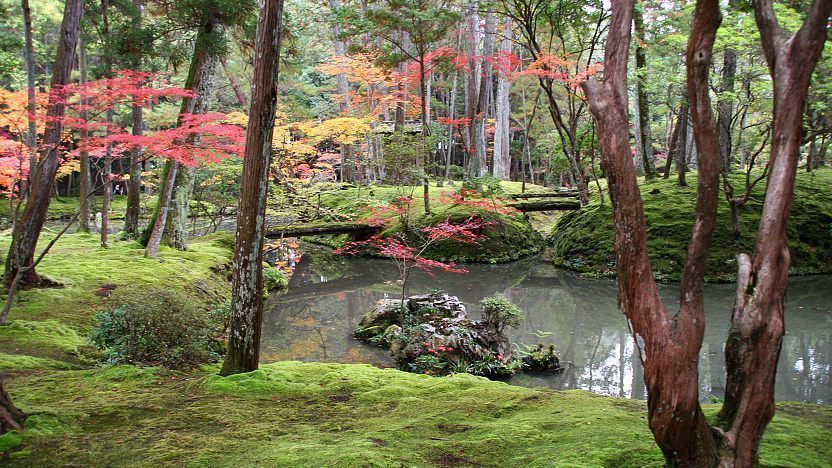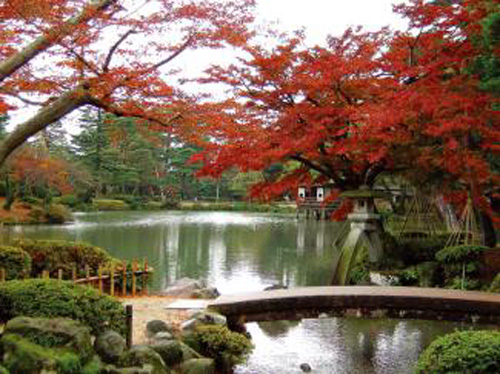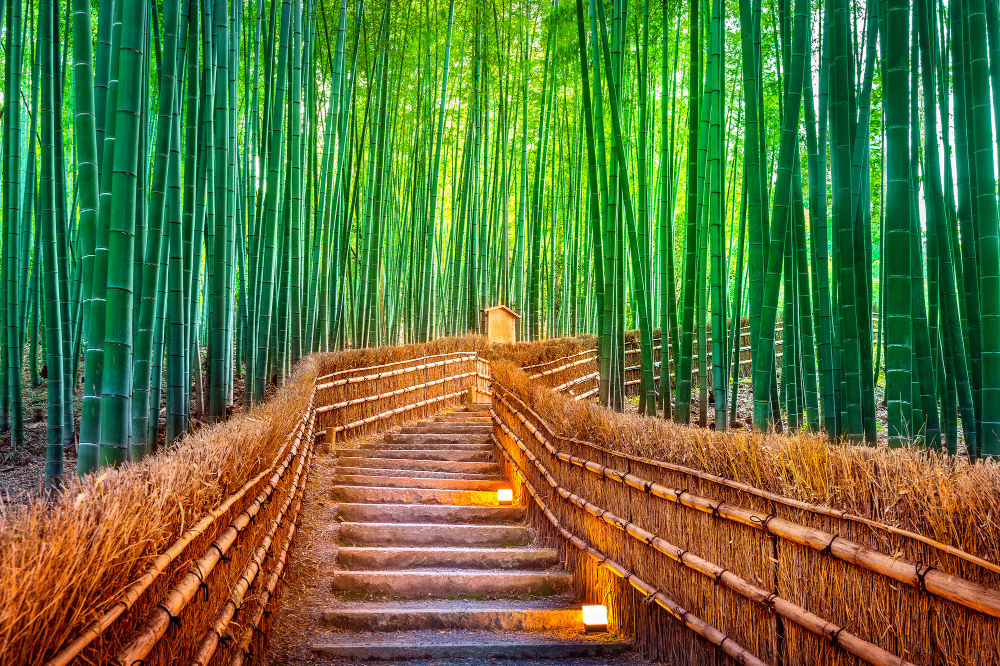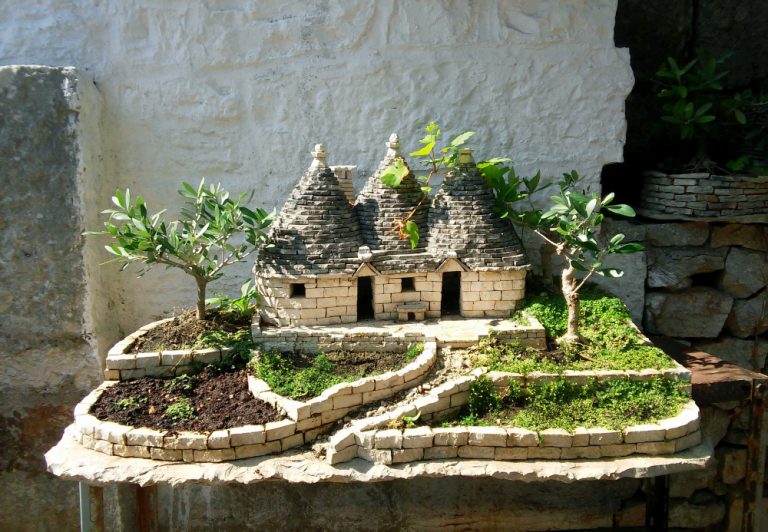Japanese culture is closely linked with nature. An example of this are the Japanese gardens that are famous all over the world for their particular aesthetics. These gardens are found in traditional Japanese houses surrounding monuments or temples and each of them hides a deep meaning.
Some of the most beautiful gardens in the world are located in Japan. In these oriental gardens we can find typical Japanese trees and plants and characteristics of each region, even miniature buildings.
Origin Japanese gardens
The nihon teien or Japanese gardens date from the year 600, of the Heian era, which was when this type of structures began to be made around the Shinto temples, having a meaning related to their religion.
It is a purely spiritual garden, with a very refined and careful aesthetic, each element having its own meaning. They are usually closed to offer peace and serenity and also be a place of relaxation for those who are inside. The most common elements they have are trees, plants, rocks and especially water.

Let’s get to know some of the dreamy Japanese gardens located in Japan.
Ryoan-Ji Zen Stone Garden
It is the most famous outdoor Zen garden in the world and is located in Kyoto, in the Buddhist temple of the same name. Its size is not very large, but it is the best known and is on the Unesco heritage list. This garden has its maximum expression when it snows, since the snow remains intact as it falls. It is a contemplative garden.
It consists of a rectangular garden whose stones represent the islands of Japan. Surrounding these stones we find sand that symbolizes the sea. The rake is raked first thing in the morning to give it different shapes.


Kenroku-en water garden
Around Kanazawa Castle, Ishikawa, we find more than 11 hectares of garden open to the public. It was built by the Maeda family over a period of almost 2 centuries. It has many corners where water is the protagonist, where you can also cross rivers with spectacular Japanese bridges. It is known as the garden of the 6 characteristics: spaciousness, seclusion, artificiality, antiquity, abundant water and wide views.


Kokedera Moss Garden
This garden is one of the recommended ones because it is a UNESCO World Heritage Site, being one of the most spectacular gardens in Kyoto along with the Saiho-ji temple to which it belongs. It has a composition of Japanese stones to be able to meditate and more than 120 different species of moss.


Japanese Gardens in Kairaku-en
One of the largest gardens in all of Japan. In this garden there are many varieties of trees that when blooming offer a show of white and pink flowers providing added magic. On March 31, the “Plum Festival” takes place there, where more than three thousand plum trees bloom creating a spectacular landscape.
You will also find many buildings to visit such as the Kobuntei house, and you can enjoy spectacular fountains, wonderful and beautiful Japanese bridges.


Arashiyama Bamboo Forest
In the western part of the city of Kyoto and very close to the Hozu River is this bamboo forest. It is said that a walk through this plant sanctuary is like a purification of the soul. Visit the Tenryuji Temple, one of the five largest Zen temples in Kyoto, a respite of peace and tranquility.
Bamboo is essential in Japanese gardens to provide peace and tranquility in your personal environment and fight against stress.


There are many gardens that you can find in Japan, representing life, spirituality, peace, harmony, serenity …






